What is SSL vs TCP Handshake?
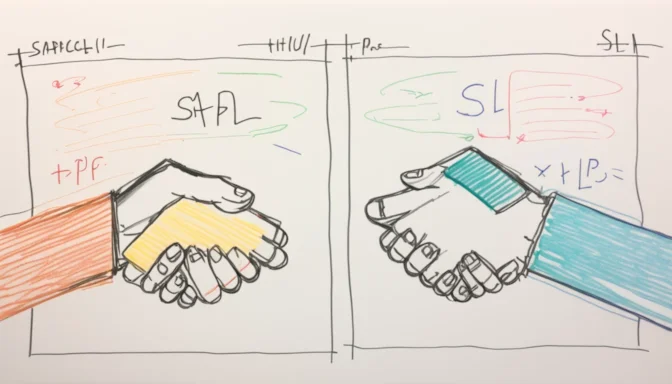
SSL and TCP handshakes serve different roles in secure communication. An SSL handshake takes place only after a TCP handshake is completed, ensuring that the subsequent communication is secure.
Difference Between SSL and TLS Handshake

While both SSL and TLS handshakes serve the same purpose of securing communication, they differ in their efficiency and security. TLS handshakes use more advanced encryption algorithms and are generally faster than SSL handshakes.
Result of the SSL Handshake
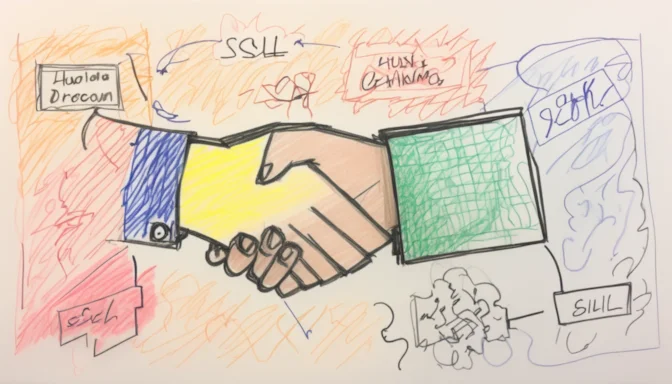
The SSL handshake establishes the encryption algorithms and secret keys for secure communication between the client and the server. They also exchange and validate each other's digital certificates.
Difference Between SSL and SSH
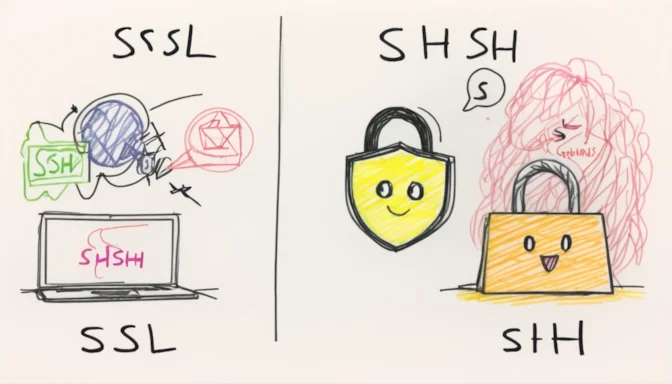
SSL is primarily used for securing web-based communications, whereas SSH is used for secure remote access to servers. They operate on different port numbers and use different encryption algorithms.
What Does SSL Stand For?
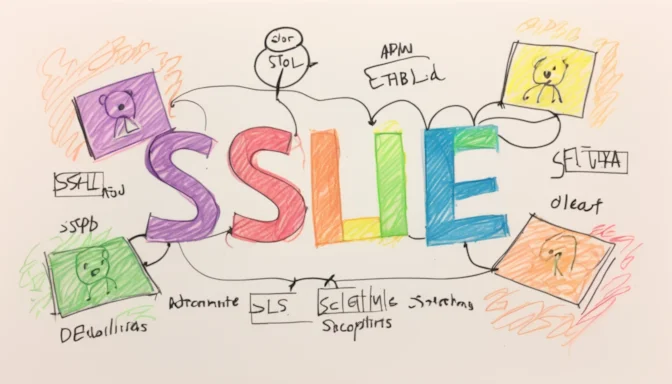
SSL stands for Secure Sockets Layer. It is a standard technology used to secure an internet connection by encrypting data transmitted between a website and a browser, or between two servers.
What Ports are Used for SSL Handshake?

Port 443 is commonly used for SSL functions in HTTPS communications. This port employs SSL/TLS technology to encrypt data, ensuring a secure connection.
Does SSL Require a Handshake?

Yes, an SSL handshake is crucial for establishing a secure session between an SSL client and server. The Handshake Protocol is used to negotiate the terms of the session.
How Often is the SSL Handshake Done?

The SSL handshake is typically executed at the beginning of a session. It primarily generates a shared session key to encrypt subsequent traffic.
First Message from Server in SSL Handshake
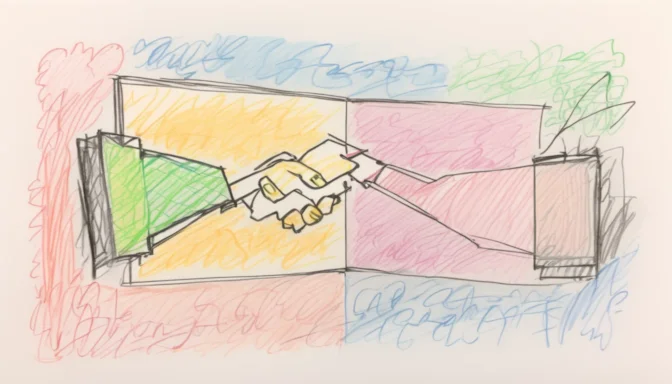
The first message from the server in an SSL handshake is the 'server hello.' This message contains the server's SSL certificate, chosen cipher suite, and a random string of bytes known as the 'server random.'
How Long Does an SSL Handshake Take?

An SSL handshake generally takes between 250 milliseconds to half a second. While this duration may seem short, it is crucial to note that the primary performance issue with SSL handshake is its timing relative to the session establishment.
 E-Commerceo
E-Commerceo